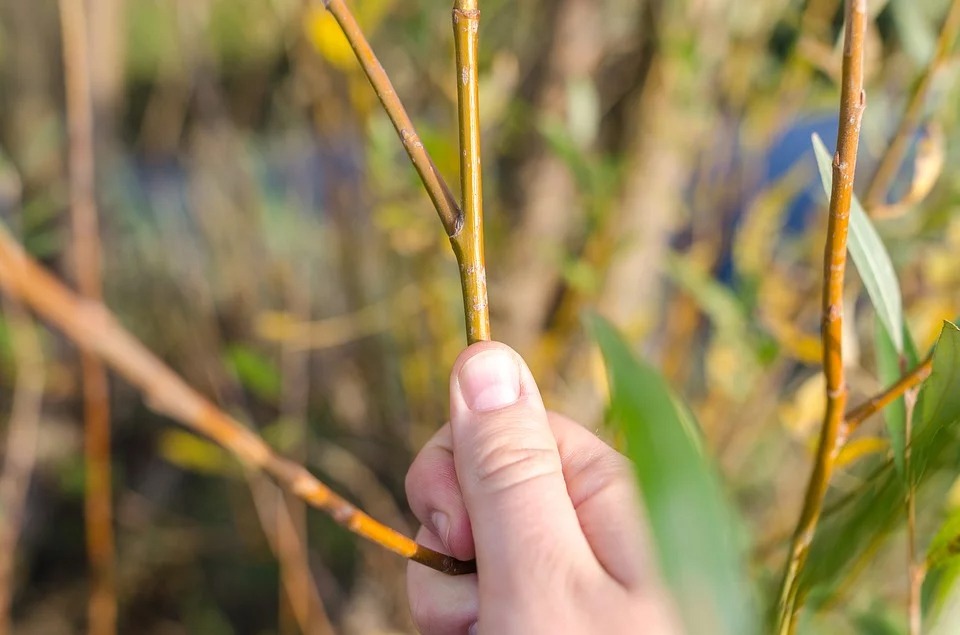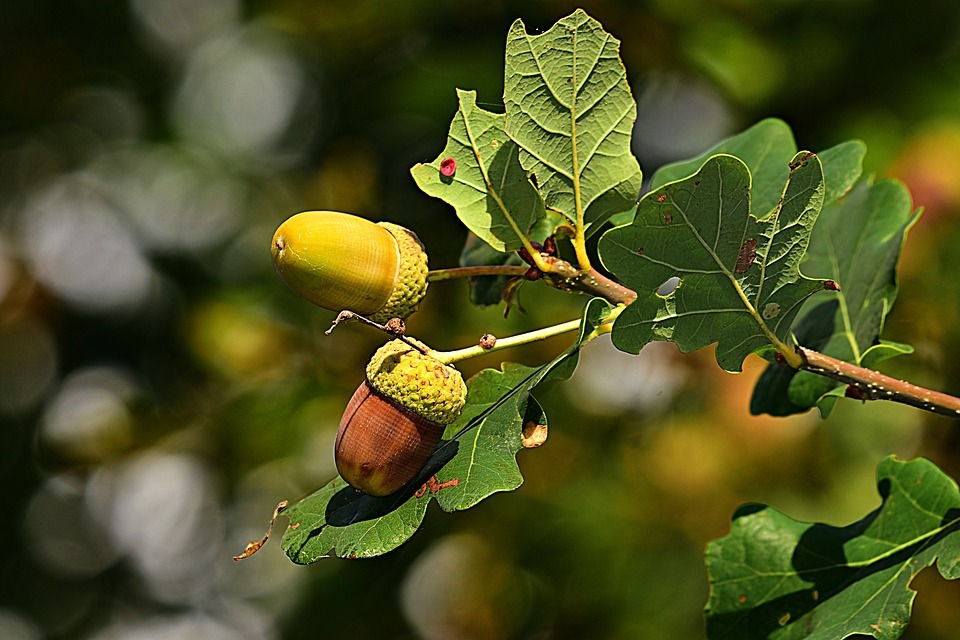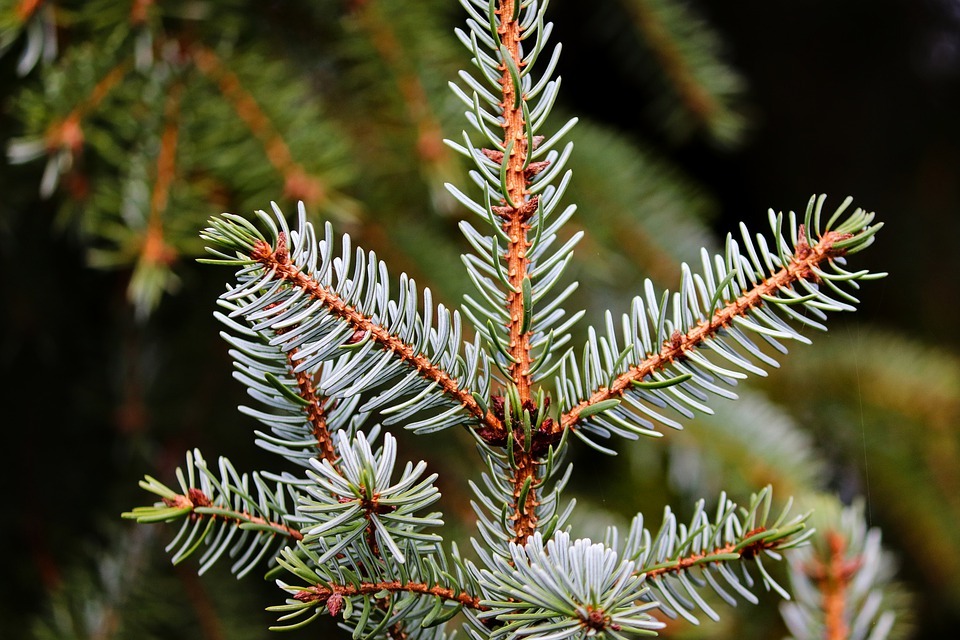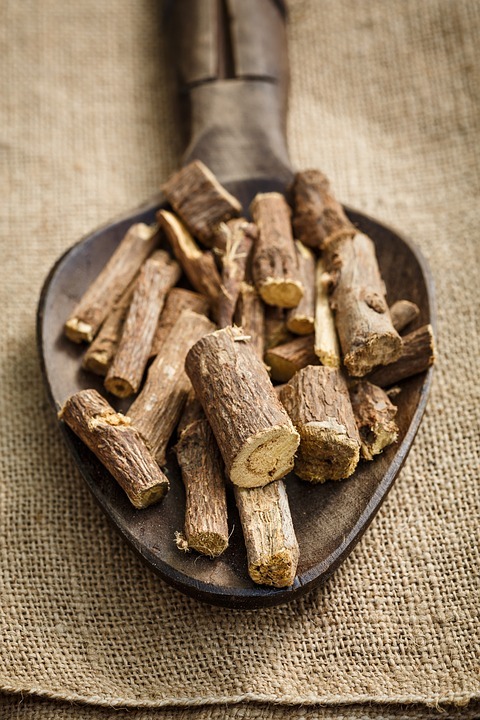If anyone has to ask about the biggest challenge of living off the grid, the answer is probably personal hygiene.
Most of us want to be clean and hygienic. It feels nice to look and smell fresh. Daily baths or showers (sometimes more than once a day), several hand washes, and brushing teeth are the norm. But once you have decided to live away from the grid, keeping yourself hygienic will be a bit more challenging.
Let us take oral and dental hygiene, for instance. No one wants to go to bed with a mouth loaded with some food particles lodged between the teeth, plus tartar, plaque, and bacteria… and then wake up with gross-smelling breath. But what if your old toothbrush is way beyond its useful form? The bristles have bent and spread out too much and you know that they’re no longer fit for brushing. However, the nearest convenience store is still several miles down the road to buy a new toothbrush.
At least for the time being, the only solution for surviving oral hygiene struggles when you’re in the woods is to make your own toothbrush.
Thankfully, our ancestors had several options that we can still use today so that we won’t end up going to bed (and waking up from it) with a funky breath.
1) Twigs of certain types of trees
How did our ancestors keep up with their dental hygiene? Way before the advent of the modern toothbrush, they used hardwood twigs to brush their teeth. Fibrous types of wood and were preferred for this purpose. Also, they used woods with high levels of tannins, which had high antibacterial and antimicrobial properties. Aside from brushing their teeth, our ancestors also used these twigs to treat sore gums. They pounded the end of the twig and then used the frayed tip to rub against their teeth.
Native Americans also maintained their dental hygiene by using the pounded and frayed twigs of certain woods to clean their teeth and gums, some 300 or 400 years ago. Some of the non-exotic examples of twigs they used included oak, maple, and dogwood. These twig toothbrushes were the most common oral cleaning tools way back then that even colonists and slaves used them quite often to clean their teeth and mouth.
To make a toothbrush out of twig, find and cut a green twig, about the length and thickness of an ordinary pencil. Find a clean, smooth rock and use it to pound the end of the twig until it forms the “bristles.” Chew the end of the stick to moisten the bristles, making them soft along the way. Finally, brush it against your teeth.
If the twig is particularly soft, you can bend its tip at a 90-degree angle to brush the back or the “roof” of your teeth as well.
Make sure to choose only types of wood that are safe to use as natural toothbrushes. You can obtain them from a variety of tree species, some of which are better suited to clean the teeth and gums than the others:
– Apple
– Bamboo (which is an exception on this list as it is a type of grass, not a tree)
– Bay leaf
– Dogwood
– Fig tree
– Hazelnut
– Lime
– Maple
– Oak
– Olive
– Orange
– Pear
– Silver birch
– Walnut
Avoid potentially poisonous twigs such as black locust, buckeye, horse chestnut, mountain laurel, rhododendron, and yew. It is good to study the various types of trees in your area so that you would know which ones are safe to clean your teeth and mouth, and which ones aren’t.
2) Tufts of pine leaves
Here’s another option to keep up with your natural dental hygiene regimen while living in the boondocks – using tufts of pine leaves. If you happen to make a stop at a pine forest, at least you have an abundant natural toothbrush within reach. Pick a nice tuft of pine needles, and start brushing away. The pine needles will leave your mouth smelling fresh all day long.
There is an added benefit from chewing some of the pine needles – you will also get some milligrams of vitamin C.
However, not all types of pine trees are suitable for oral hygiene. There are some trees, like the loblolly pine (native in the south-eastern US) and Ponderosa pine (common in the southwest), which are known for their toxicity.
3) Roots of certain trees and plants
It may sound unlikely, but roots of certain trees and plants are also used to keep your teeth, gums and mouth clean and healthy.
The roots of the licorice plant are known for their chief use – candies or confectionery goods. Not only the sweet and aromatic flavor of the licorice root leave your mouth smelling fresh. Recent studies show that licorice roots also have properties that can fight bacteria, which cause tooth decay and cavities. You can use licorice roots to brush your teeth in the same way as you do with hardwood twigs.
The coconut tree isn’t called the “tree of life” for nothing. If you happen to park your RV near the beach or among the semi-wild coconut fields, consider yourself blessed! Even the fibrous roots of coconut trees provide a vast range of benefits to man. They are used to treat skin diseases such as eczema, as well as certain illnesses like heartburns, diarrhea, and dysentery. Coconut roots are also beneficial to oral health and hygiene.
Clean and boil coconut roots, and then use the boiled water to gargle as a mouthwash – you can also use the softened boiled roots to gently brush against your teeth and gums.
Are you running out of commercial toothpaste? If you can no longer squeeze any contents out of your toothpaste tube, you can also explore a wide variety of options on how to make your own natural toothpaste.



